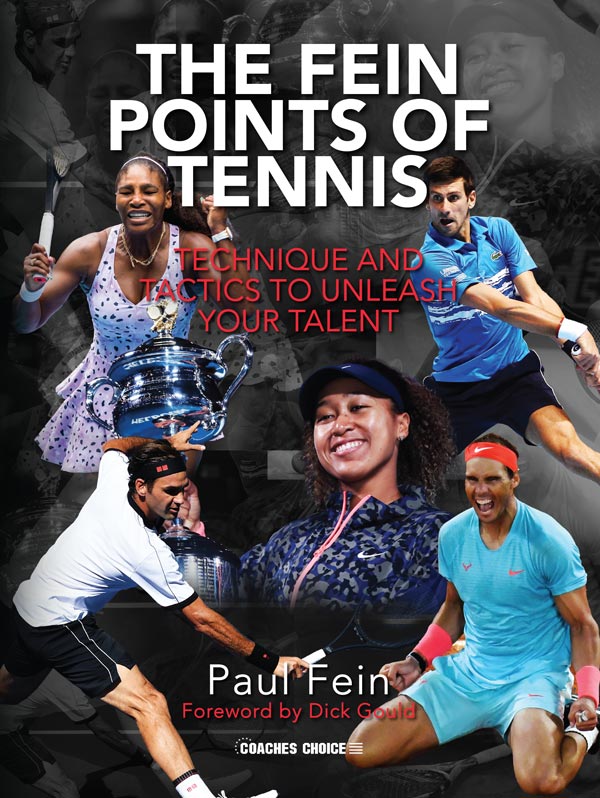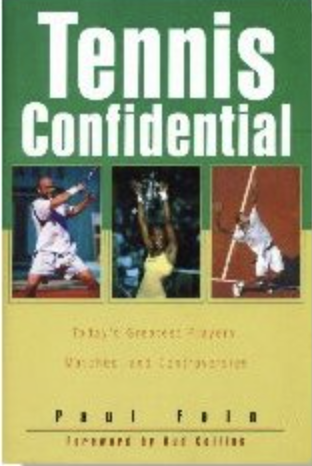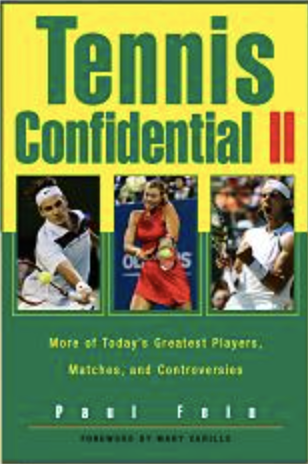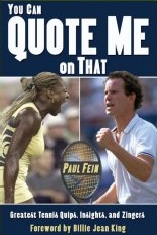Can female coaches and players learn from watching male players?
Hits: 50
Justine Henin, the seven-time major champion often called “the female Federer,” once said she watched men’s matches — rather than women’s matches — to improve her game. That didn’t surprise me because she abounded in talent and left no stone unturned.
 Before the Madrid Open, world No. 2 Aryna Sabalenka similarly confided, “I don't watch their matches [her rivals]. I feel like I've played against them enough and that, if I face one of them again, my coach is going to show me images of their matches to analyze and prepare me. I’m not someone who watches too much tennis, I prefer to watch men's tennis rather than women's tennis, I feel like there is more strategy and it's more interesting to watch.”
Before the Madrid Open, world No. 2 Aryna Sabalenka similarly confided, “I don't watch their matches [her rivals]. I feel like I've played against them enough and that, if I face one of them again, my coach is going to show me images of their matches to analyze and prepare me. I’m not someone who watches too much tennis, I prefer to watch men's tennis rather than women's tennis, I feel like there is more strategy and it's more interesting to watch.”
Sabalenka’s preference isn’t surprising either. Like Henin, she’s very aggressive. The much taller, two-time Australian Open champion hits her groundstrokes and serves harder than Henin, but lacks the Belgian’s foot speed, volleying skills, and versatility.
I’ll guess what tactics the 25-year-old Belarusian has learned from watching elite ATP players to enhance her power game.
First, Aryna will notice how Jannik Sinner has taken “first-strike tennis” to a new level by increasing serve-and-one (groundstroke) aggression to serve-and-two aggression. Instead of the usual “serve and forehand” formula, she’ll make a concerted effort to capitalize on a powerful first serve immediately with a big forehand or a big backhand.
Second, Aryna will increasingly wrongfoot her opponents when they scramble back to the center after she hits big serves wide.
Third, Aryna will increasingly experiment with drop shots when she pulls opponents off the court or far behind the baseline. The current European clay-court circuit gives her the ideal surface to test her touch and her opponents’ forecourt skills.
Fourth, Aryna can study how mercurial movers Djokovic, Federer, Nadal, and Alcaraz cover the court offensively and defensively. When and how do they do split steps? What footwork do they use to change directions? How do they slide? How do they decelerate so they don’t overrun and end up too close to the oncoming shot? And, importantly, what shot or shots do they favor when they’re forced to play defense?
Fifth, Aryna could watch a less successful male top tenner like Andrey Rublev because, like Rublev, she often plays one-dimensional power tennis. Like the Russian, who often gets frustrated and confused when his predictable, straightforward game starts erring, Aryna sometimes becomes overwrought when she errs against smart, patient, solid, consistent opponents.
Sabalenka has advanced just once beyond the third round at Roland Garros. Auspiciously, that came a year ago when she made the semifinals. She should be encouraged by the fact that Maria Sharapova, another power hitter who lacked versatility and foot speed, won two French Open titles. Aryna hits her groundstrokes with more power and topspin than Maria and boasts a more potent serve.
A strong case can be made that all WTA players should study their male counterparts on the ATP Tour — regardless of their stature, athleticism, technique, and tactics. Men can also learn from women on the WTA Tour.
The learning curve for both sexes will accelerate if the ATP and WTA Tours merge this decade. With more combined gender tournaments, players and coaches should have plenty to discuss when they watch the elite players and consider how to incorporate the other gender’s assets into their games.



